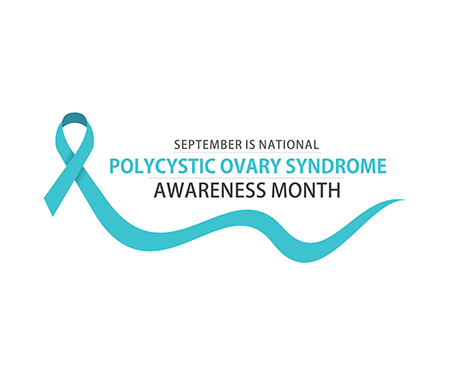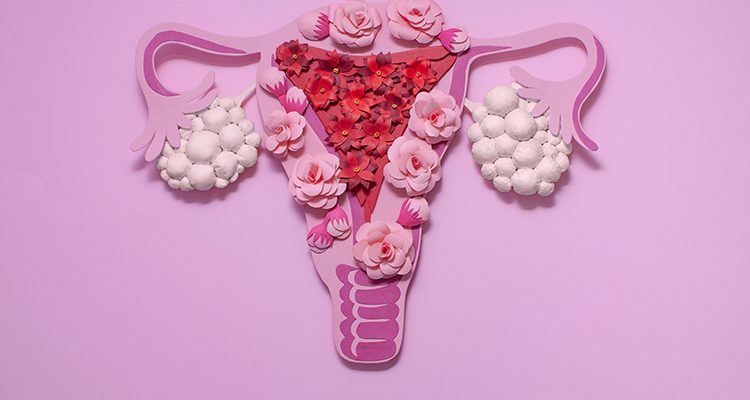This month is Polycystic Ovary Syndrome month and Vavista’s Dr Sally Norton is talking us through PCOS – what it is, the risks, and how to manage the symptoms.

What is Polycystic Ovary Syndrome?
Polycystic ovary syndrome or PCOS is actually quite common with 1 in 20 or so women being affected. You are more likely to have it if your mother or other close relatives have it.
What symptoms does it cause?
It is not fully understood – we are not even sure what causes it – but it is a hormonal condition where your ovaries produce more male hormones than usual, affecting egg production and release and making it more difficult for women with PCOS to conceive. Also, it affects the way you respond to the hormone, insulin – people with PCOS are less sensitive to it making them a little more likely to have metabolic disorders which can affect liver, heart and blood vessels and weight.
Anything else?
A just-published study suggests that the ratio of fat-to-lean tissue and the fat distribution itself may be a bit different from that of women without PCOS. In PCOS, the waist:hip measurement is often higher – are you more of an apple shape than a pear? It is associated with lots of small cysts in the ovaries (hence the name) and you may have noticed missed or irregular periods.
In addition, the excess of the male hormones (females without PCOS produce these ‘male’ hormones too, just in smaller quantities) can mean more hair on face and body (though thinning of scalp hair) and greasier skin, prone to acne. Not brilliant news – but most of these problems can be overcome so don’t panic!
What can you do about it?
It is really important for women with PCOS to control their weight to reduce the risks of illness later in life. Also, just a 10% in weight loss can restore normal periods and help fertility. Going on the pill can make your periods more regular too, reduce the male hormone levels and therefore the acne. However, if you are trying to get pregnant then the pill obviously won’t be much good to you. If weight loss doesn’t help, and other causes for infertility (including your partner!) have been excluded, then tablets to improve fertility or even IVF can be tried.
A tablet called metformin, often used to help diabetics, is also of benefit in PCOS, helping the body to maintain stable sugar levels and reduce the male hormones. There are also other drugs that reduce the levels of male hormones and can therefore help with acne and male-pattern hair changes. You need to have a full discussion with your doctor about any of these problems that may be troubling you. He or she may refer you to a specialist to discuss what, if any, of the above treatments may be of benefit. However, there is an awful lot you can do yourself.
It is of utmost importance that you focus on your health – keeping fit and eating healthy, non-processed food – as we advocate on our Vavista programmes and site anyway. There is some evidence that insulin resistance and metabolic problems can be reduced by avoiding too much carbohydrate and reducing snacking – eating just two meals a day rather than 6 smaller meals helped in a recently published study of type-2 diabetic patients who have similar metabolic problems of insulin resistance to patients with PCOS. Plenty of fresh fruit and veg will help skin and hair as well as general health – can you get up to the 10-a-day that was recently recommended?!
Keeping active will help reduce the risk of heart disease – and it is never too late to start in that regard. I hope this helps, please get in touch if you have anymore questions.



